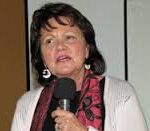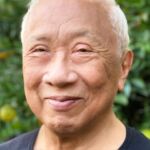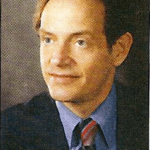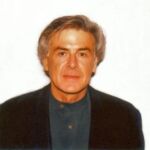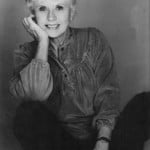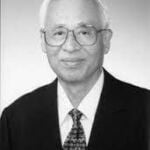Karmic Patterns in Family Relationships – Dree Miller-Dunlap (Is.5)
by Dree K. Miller-Dunlap, Ph.D.
It is within the context of the family that our experiences and knowledge of life in a physical body begin. The framework and interactions of the family provide the basis for a substantial amount of learning and are frequently the focus of psychotherapy. It therefore seems highly probable that the family plays a significant role in past-life therapy as well.
It is within the family that the human being goes through the stages of development that bring one from birth to adulthood (and beyond). Consider the possibility that the stages of development observed in the human being may be a reflection of the stages of development of the spiritual being. In looking at how … Read the rest

